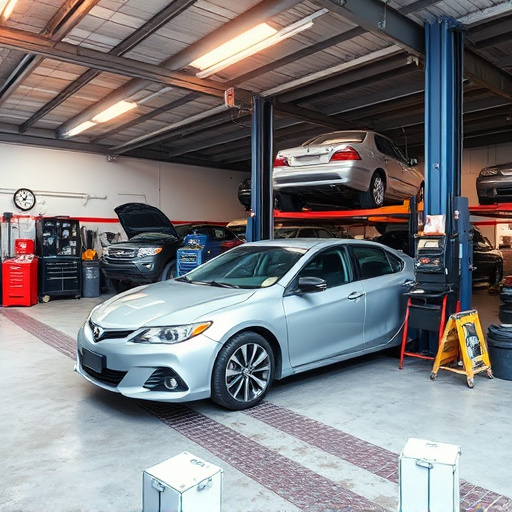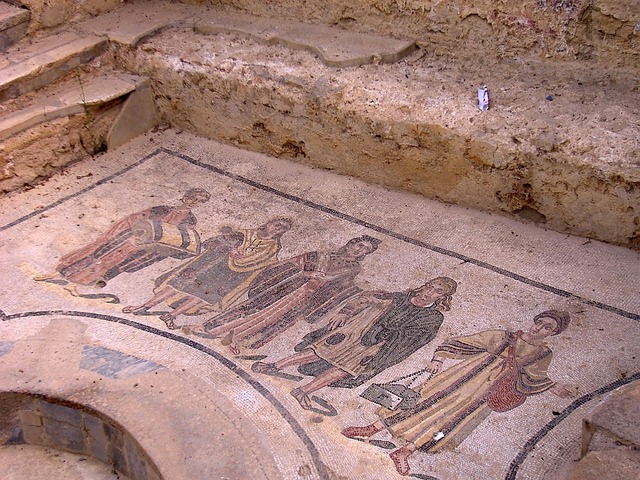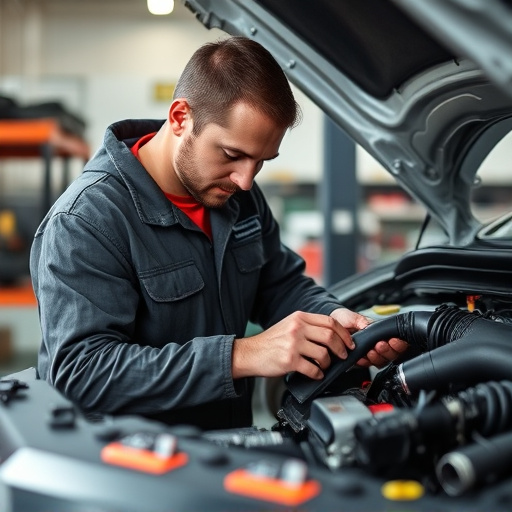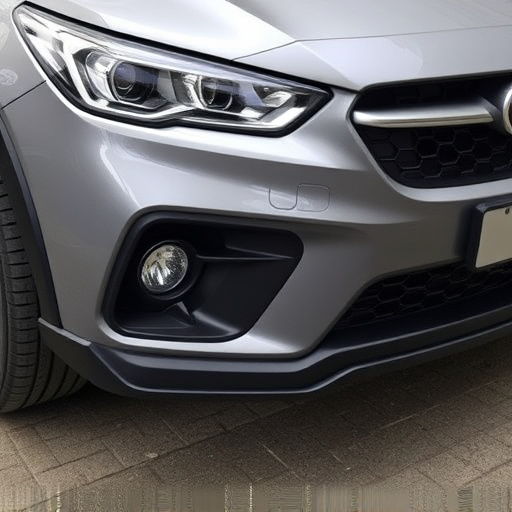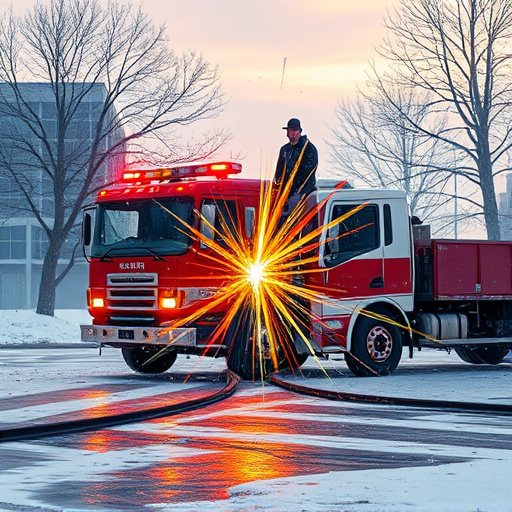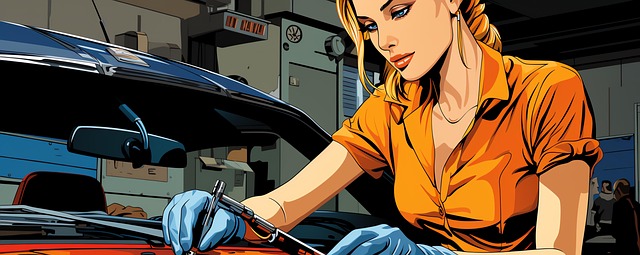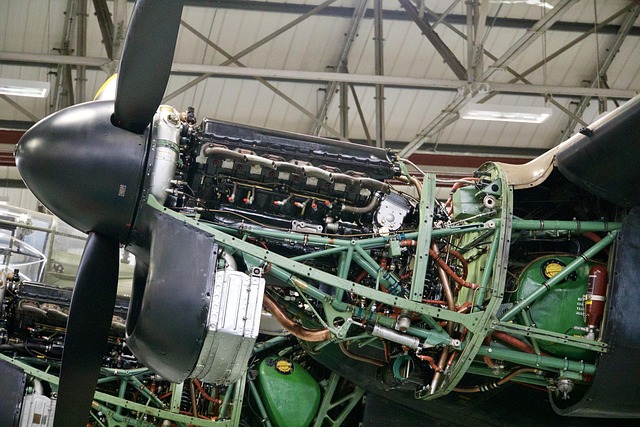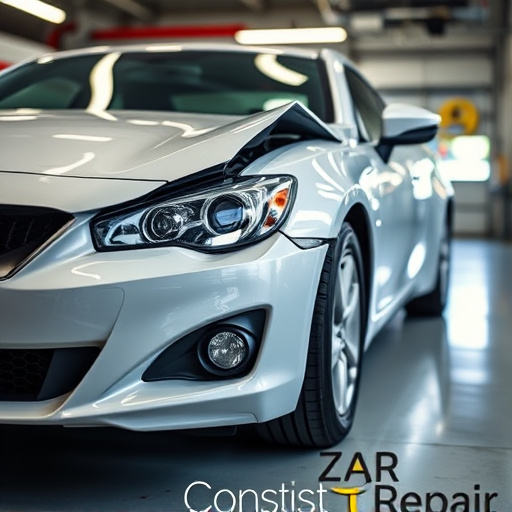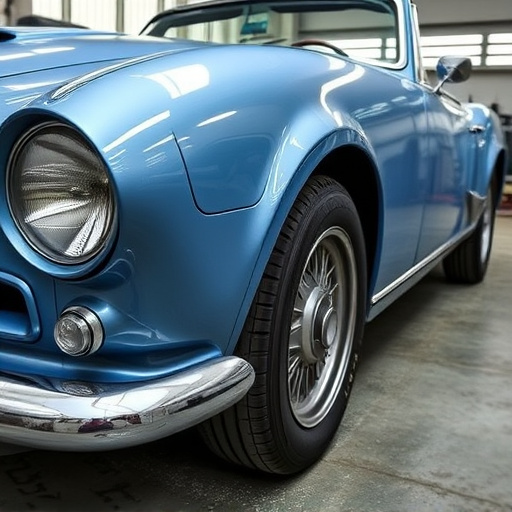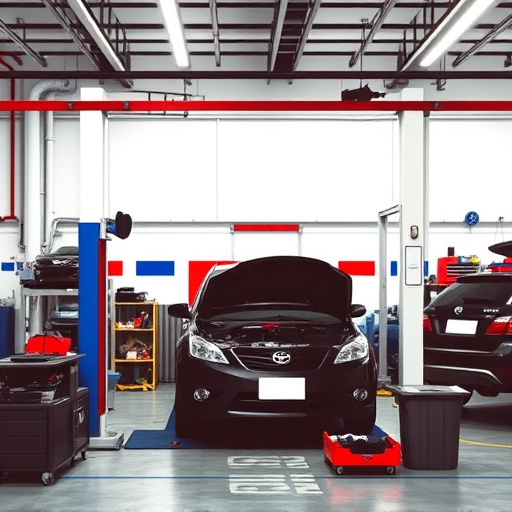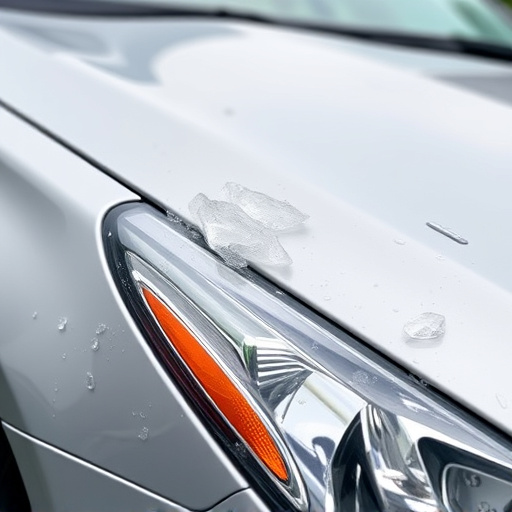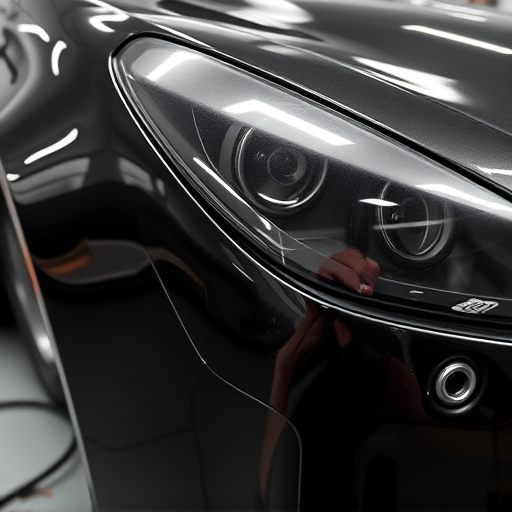Wind damage auto body estimates demand a detailed, multi-step process using advanced tools like digital measuring devices and CAD software. Professionals meticulously inspect vehicles for both visible and latent storm-related damages, including auto glass integrity checks. By comparing findings to standardized charts and repair trend databases, estimators create precise breakdowns categorizing repairs as minor, moderate, or extensive, ultimately guiding the scope, cost, and timeline of necessary body work such as dent repair or bumper restoration.
“Uncovering the mysteries behind wind damage auto body estimates is crucial for both policyholders and repair professionals. This article serves as a comprehensive guide, breaking down the complex process of calculating wind damage repairs. From initial assessments to final costs, we’ll navigate the steps involved in determining the scope of work. Understanding the protocols and factors influencing these estimates is essential, especially in light of varying regional practices. By the end, readers will grasp the key elements that shape the financial outcome for wind-damaged vehicles.”
- Understanding Wind Damage Assessment Protocols
- The Step-by-Step Process of Auto Body Estimation
- Factors Influencing the Final Repair Cost Estimate
Understanding Wind Damage Assessment Protocols
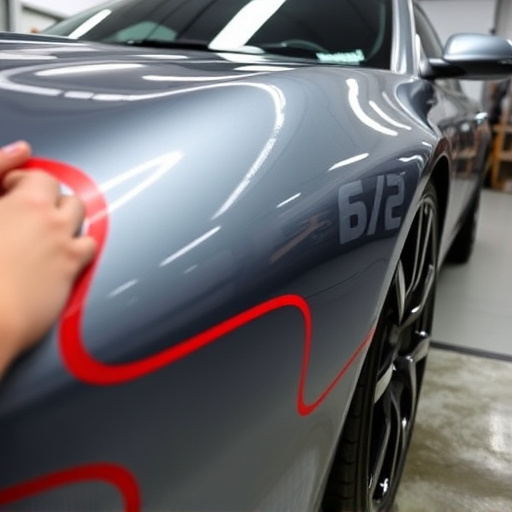
Wind damage auto body estimates are not a one-size-fits-all proposition. Assessment protocols vary among collision centers and auto repair shops, but they all share a common goal: to accurately determine the extent of damage caused by wind, be it from a storm, hurricane, or even high-speed driving in open areas. These protocols involve a meticulous process that begins with an initial visual inspection to identify visible signs of wind damage, such as dents, cracks, or misalignments. Advanced tools like digital measuring devices and computer-aided design (CAD) software are then employed to capture precise dimensions and angles, enabling more accurate auto body work estimates.
The assessment process also includes evaluating the integrity of various components, including auto glass replacement needs, as wind can cause significant damage to windows and frames. Additionally, hidden damage often requires special attention—cracks in paint or underlying structures that might not be immediately apparent during a surface-level inspection. Professionals in collision centers are trained to uncover these hidden remnants of wind damage, ensuring comprehensive estimates for the full scope of automotive body work required.
The Step-by-Step Process of Auto Body Estimation
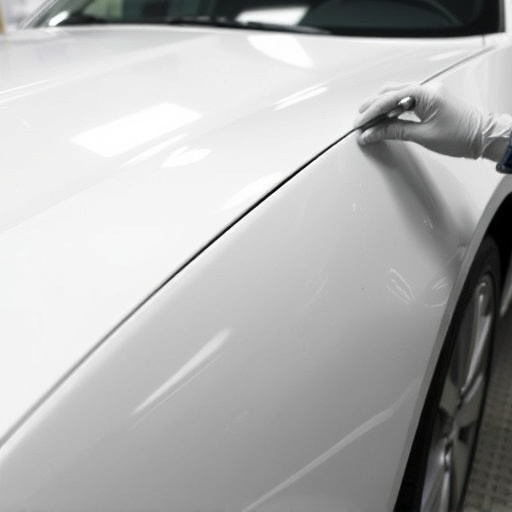
The process of estimating wind damage auto body repairs is a meticulous art that requires skilled professionals. It begins with a thorough inspection of the vehicle to identify all visible dents, scratches, and other storm-related markings. Using specialized tools, estimators measure each imperfection’s depth and size, ensuring accuracy in their assessment.
Once the damage is documented, the estimator moves on to the next step: comparing the findings against a standardized chart or database specific to wind damage patterns. This stage involves cross-referencing the unique characteristics of the vehicle with known repair trends for similar models. The estimation then evolves into a detailed breakdown, categorizing each repair as minor, moderate, or extensive. This classification not only dictates the extent of work but also influences the cost and time required for car dent repair, bumper repair, or other auto body repairs.
Factors Influencing the Final Repair Cost Estimate

When it comes to wind damage auto body repairs, several factors play a significant role in determining the final cost estimate. One of the primary considerations is the extent and severity of the wind damage itself. This includes assessing the number and size of dents, cracks, or breaks caused by airborne debris. The complexity of these damages directly impacts the repair process and materials required, ultimately affecting the overall cost.
Additionally, the location of the wind damage on the vehicle matters. Different body panels and components have varying levels of difficulty when it comes to repair. For instance, repairing a dented fender or door may be more straightforward than fixing extensive damage to the roof or hood. The availability of replacement parts, specialized tools, and skilled labor in a collision repair shop near you can also influence the estimate, ensuring efficient and high-quality auto body repairs for your vehicle.
When assessing wind damage to a vehicle, a comprehensive understanding of the protocols and factors involved is key. By following a structured process that considers various influences, accurate auto body estimates can be calculated. This ensures that repairs are both efficient and cost-effective for all parties involved in the wind damage auto body restoration process.
